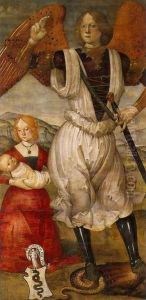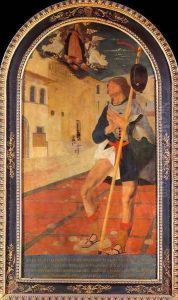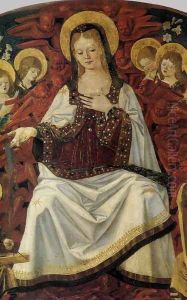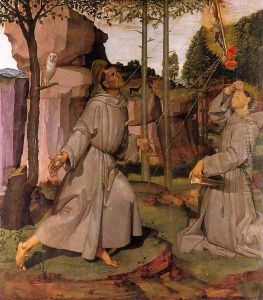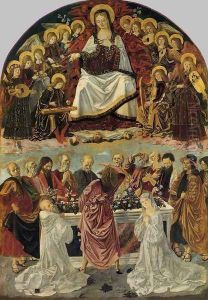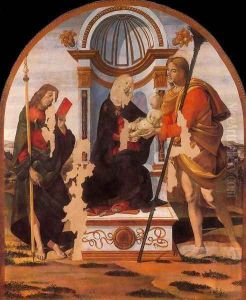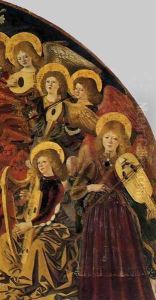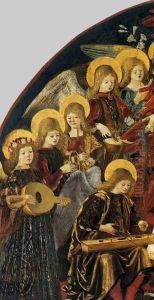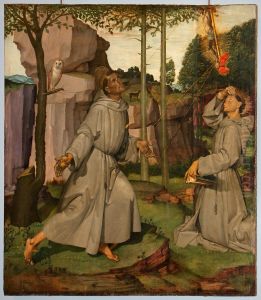Bartolomeo Della Gatta Paintings
Bartolomeo della Gatta, born Bartolomeo di Antonio di Paolo, was an Italian Renaissance painter, illuminator, and architect, active during the late 15th century in central Italy. Born in 1448 in Florence, he was also a monk, joining the Camaldolese monastery, which influenced his moniker 'della Gatta.' His work is notable for its delicate fusion of the intellectual rigidity of Florentine draughtsmanship with the grace and subtlety of the Sienese and Umbrian schools.
Della Gatta's artistic career was intertwined with his religious vocation. In 1468, he entered the monastery of Santa Maria degli Angeli in Florence, where he likely received his initial training and developed his skills in manuscript illumination. But he is most famously associated with the Monastery of San Marco, where he came into contact with the artistic circles surrounding Fra Angelico, whose influence is evident in the spiritual and serene qualities of Bartolomeo's figures.
Throughout his career, Bartolomeo della Gatta worked on several important commissions. Notably, he painted a fresco of the 'Annunciation' in the monastery of San Giovanni Evangelista in Arezzo and contributed to the decoration of the Sistine Chapel in Rome, where he worked alongside other renowned artists of the period like Sandro Botticelli, Domenico Ghirlandaio, and Pietro Perugino. His contribution to the Sistine Chapel included the painting of 'The Resurrection,' which was later replaced by a work of the same subject by Hendrick van den Broeck in the 16th century due to damage.
In addition to his painting, Bartolomeo della Gatta was also recognized for his architectural work. He was appointed as the architect of the Cathedral of Cortona, where he designed the façade and was involved in various construction projects for the building.
Della Gatta's style was characterized by its elegance and clarity, and he was proficient in the use of color, which he employed with a delicate and harmonious sensibility. His figures often display a contemplative and serene demeanor, reflecting his monastic life and the spiritual themes of his religious works.
Bartolomeo della Gatta's contributions to Renaissance art, though not as widely recognized as some of his contemporaries, remain an important part of the era's artistic heritage. His work captures the transitional moment between the early and high Renaissance, blending elements of both periods into a distinctive and refined aesthetic.
Bartolomeo della Gatta died in 1502 in Castiglion Fiorentino, leaving behind a legacy of art that continues to be studied and appreciated for its quiet beauty and devotional character. His paintings can be found in various museums and collections, offering insights into the spiritual and artistic endeavors of Renaissance Italy.
